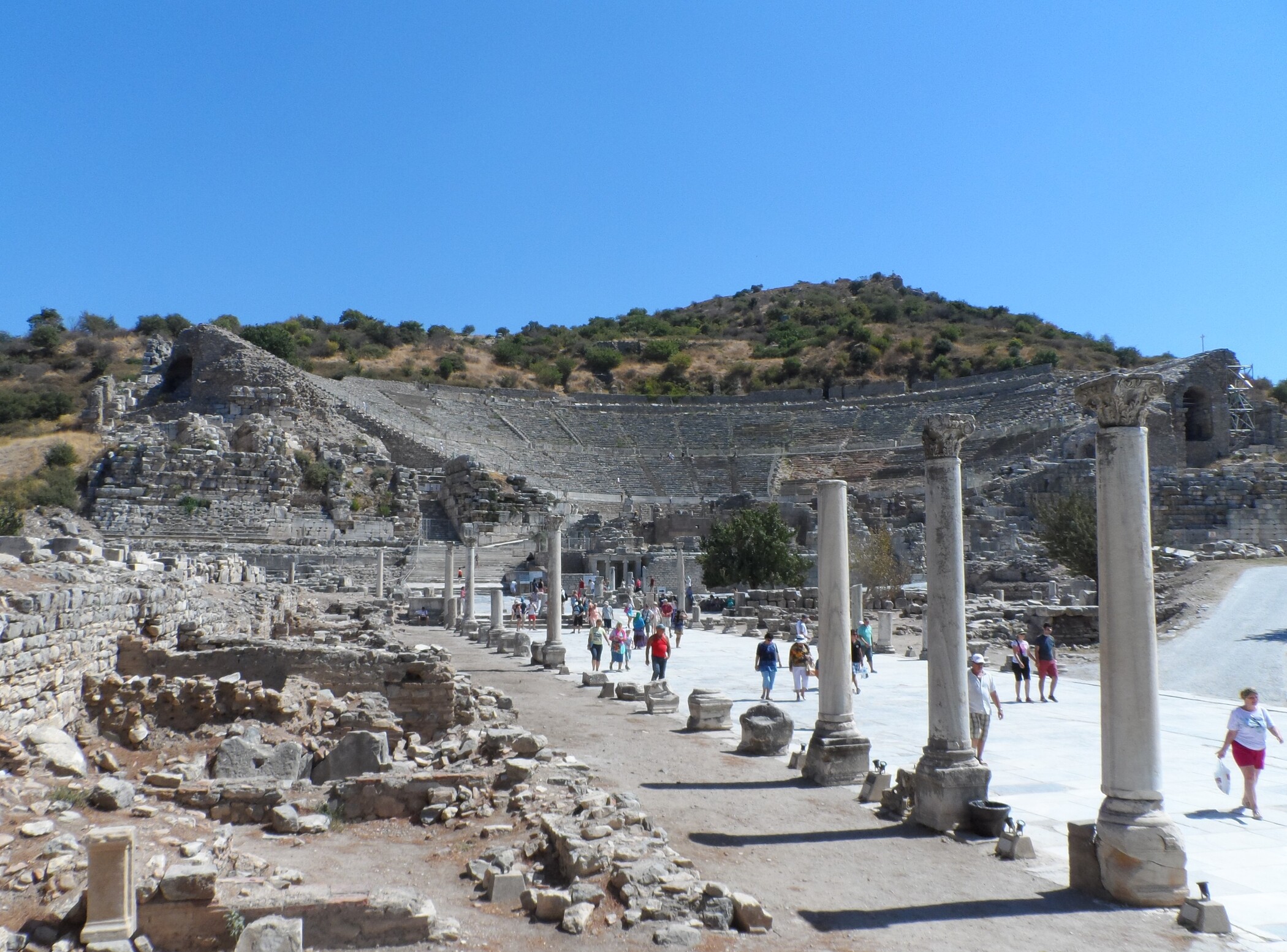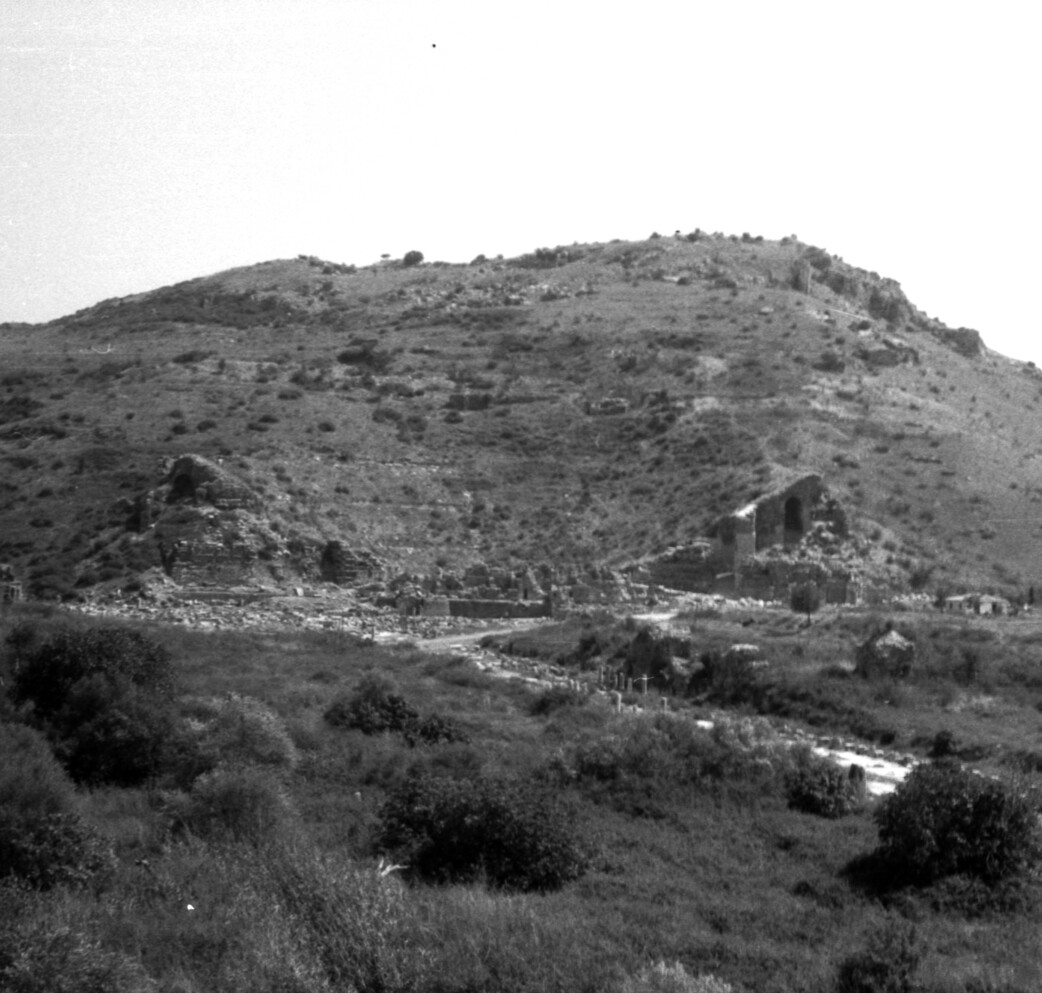The development of reconstruction and restoration in Ephesos
In this project the importance of monument preservation will be studied within the context of the transformation of Ephesos from a natural landscape of ruins to an archaeological park utilized by mass tourism. The research questions will be answered with the aid of object-based research, such as conservational inventory and condition reports and material scientific studies.
The ruins of Ephesos offer an exceptional teaching piece for the development of conservation and restoration and the reconstruction of ancient monuments. In the 1950s, in addition to the archaeological research the presentation of the ruins began to gain in importance so that many monuments were reconstructed. Evidence of this construction heavy period is particularly visible along the Curetes Street but also outside of the archaeological park. Conservational elements are just as prevalent as anastyloses and architectural collages, however, the partially monumental constructions differ greatly in the applied methods and materials.
In dealing with the research history of Ephesos the focus has been on the extensive excavations. The discipline of conservation and restoration has received less attention so that a systematic and methodical examination of the development of monument preservation in Ephesos is lacking.
The most important methods
The object is always at the heart of research in the conservation sciences. In order to conduct a quantitative and qualitative analysis of the monument inventory it is necessary to carry out a conservational inventory and condition reports of all relevant objects in Ephesos and its surroundings. The materials used for the old restorations and reconstructions will be characterized more precisely with the help of material scientific analyses of samples.
Furthermore, interviews are also planned within the context of the current work. In the course of the research project, individuals formerly or currently employed in conservation in Ephesos will be questioned. Also the influence of international policies, trends, and individuals will be a central element of study.
Research questions
- How have conservation and restoration developed at the site of Ephesos to the present day?
- Which developments in monument preservation have been decisive for the present appearance of the archaeological park?
- What causes of damage and risks can be determined at Ephesos? Which conservation strategies might be helpful for the site management in the archaeological park?
Project aims
The research project is organized as a dissertation and will fill a gap in the study of the restoration and reconstruction activities in Ephesus in Ephesos. The scientific study of the monument inventory in the archaeological park and its surroundings has a directly usable benefit for the practical preservation, for the conservation and restoration in Ephesos and immediately contributes to the further development of the site management plan.
Principal Investigator
- Barbara Rankl
- Gabriela Krist (dissertation adviser)
Cooperation
Die Angewandte
Duration
June 2018 – May 2021
Funding
DOC-team Fellowship


